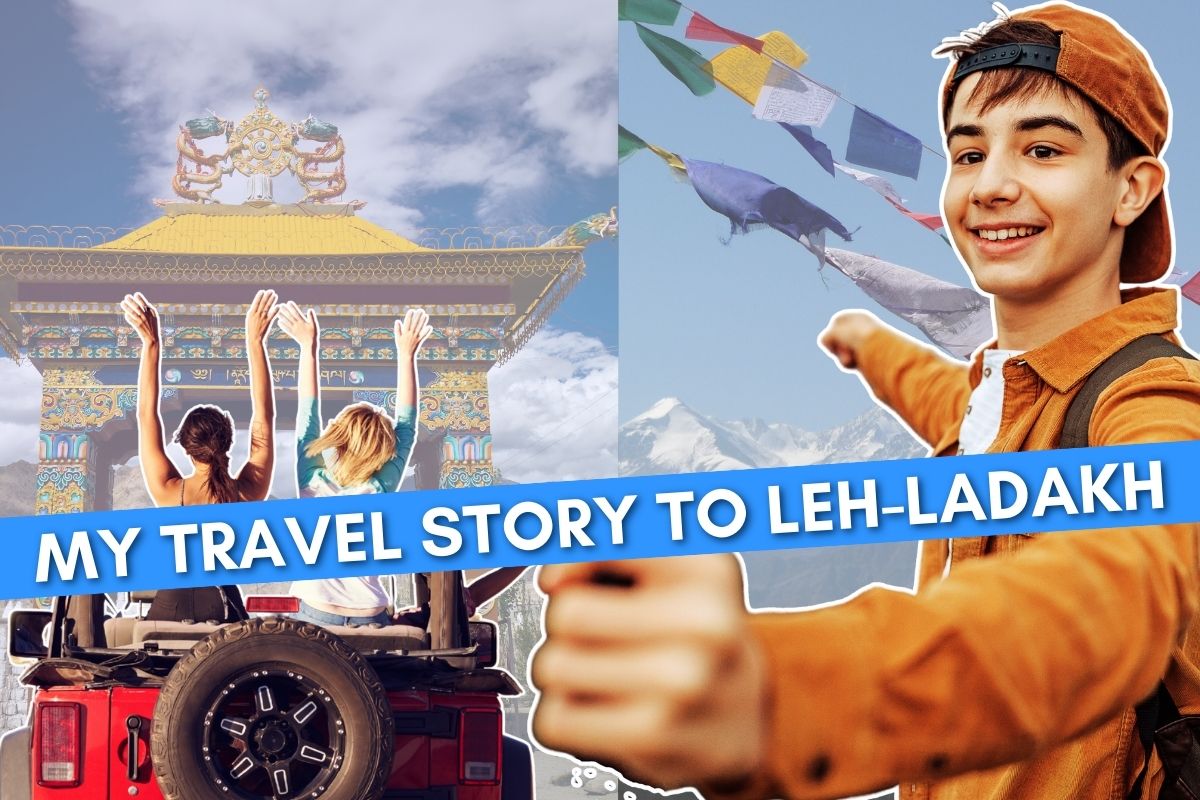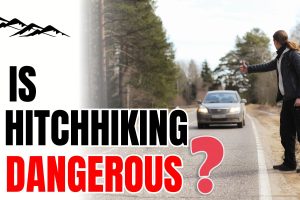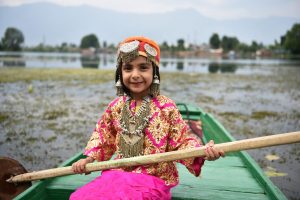In case you are an American traveler seeking some off-the-map adventures beyond beaches and postcards, Leh-Ladakh in India is something surreal and fascinating that you need to experience at least once in your life. The high-altitude desert bordered by the Himalayas harbors ancient monasteries and Martian landscapes at the northernmost part of India.
Besides being a feast for sore eyes, this journey isn’t for the faint-hearted. It’s challenging, mentally rejuvenating, and visually stunning all at once. Allow me to share my best travel advice and detailed accounts of all my routes, camping spots, essential gear, accommodation options. transport rentals and budget plans catered specifically to U.S. travelers keen on exploring Ladakh.
The Route to Leh: Buckle Up for an Epic Road Trip
The trip started for me at Manali, a town situated in northern India. My personal favorite part is the Manali-Leh Highway, which, to me, seems like a path sculpted by deities themselves. It runs for over 300 miles, toward mountains, glacial rivers, and steep roads. For me, the breathtaking views make all the most motorable roads worthwhile.
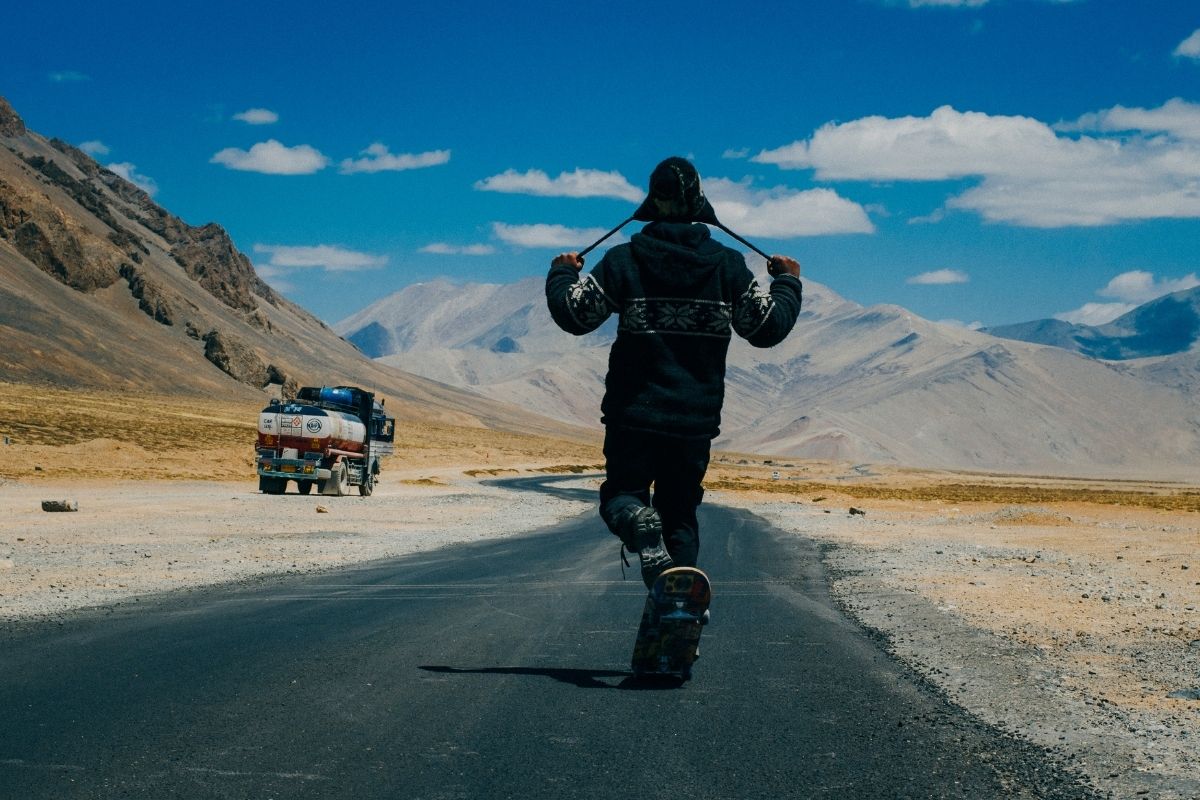
If your preference lies in less scrutinized travel, the Srinagar junction is an equally famous entry point. Though, I would argue it’s more picturesque while offering a softer, slower-paced approach toward the mountains. If you are someone who easily suffers from altitude sickness, this is the ideal pick.
Guide for Americans tourists – the terrain is rough due to the weather, and it’s important to have a strong vehicle like a 4×4 SUV or take a driving tour.
Leh: Where Ancient Meets Otherworldly
Once in Leh (about 11,500 feet above sea level), I took a full day to acclimate. With such high altitudes, altitude sickness is a real concern. Trust me—don’t rush your itinerary. Spend Day 1 drinking water, sipping hot butter tea, and taking slow walks around Leh Market.
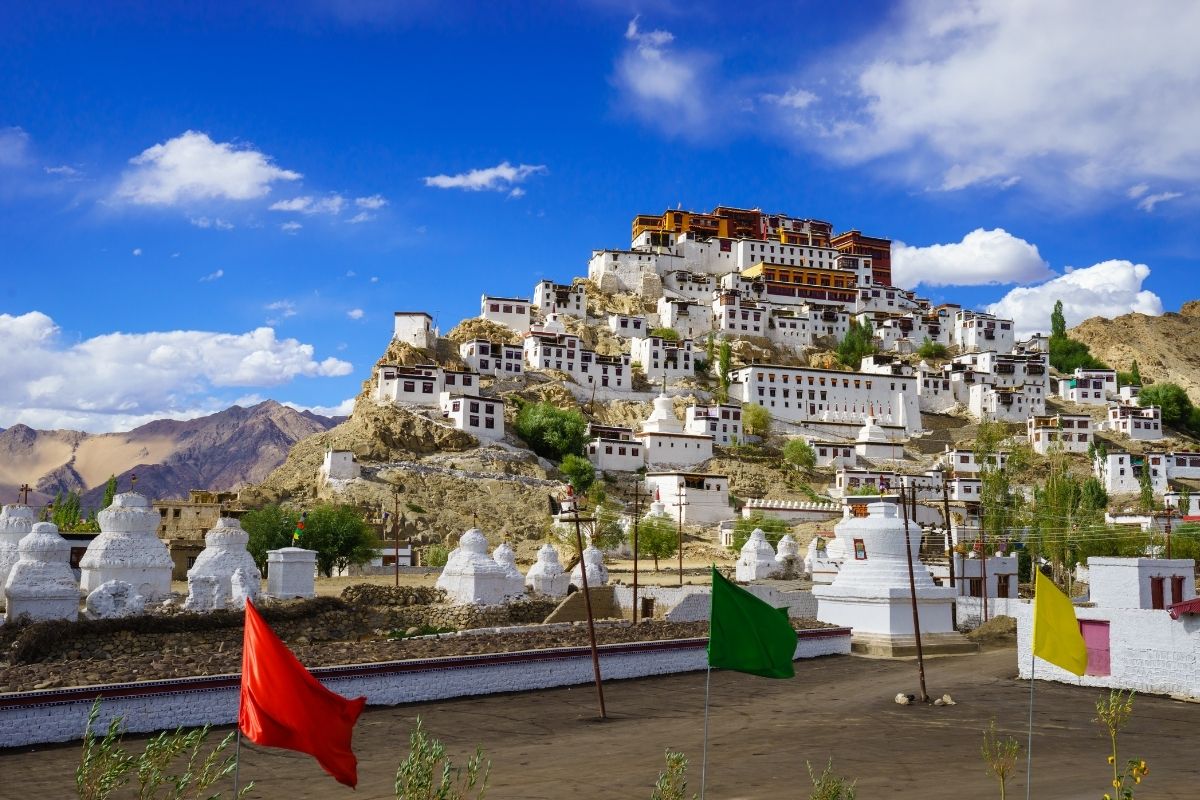
The town itself is full of life. The local bazaars are vibrant, the people are warm, and the backdrops are stunning. I stayed near Changspa Road, which had clean guesthouses, peaceful vibes, and easy access to local cafes and restaurants.
Must-Visit Spots: Spirituality and Silence in Perfect Balance
Shanti Stupa – Offers 360-degree views of Leh, especially during sunrise and sunset.
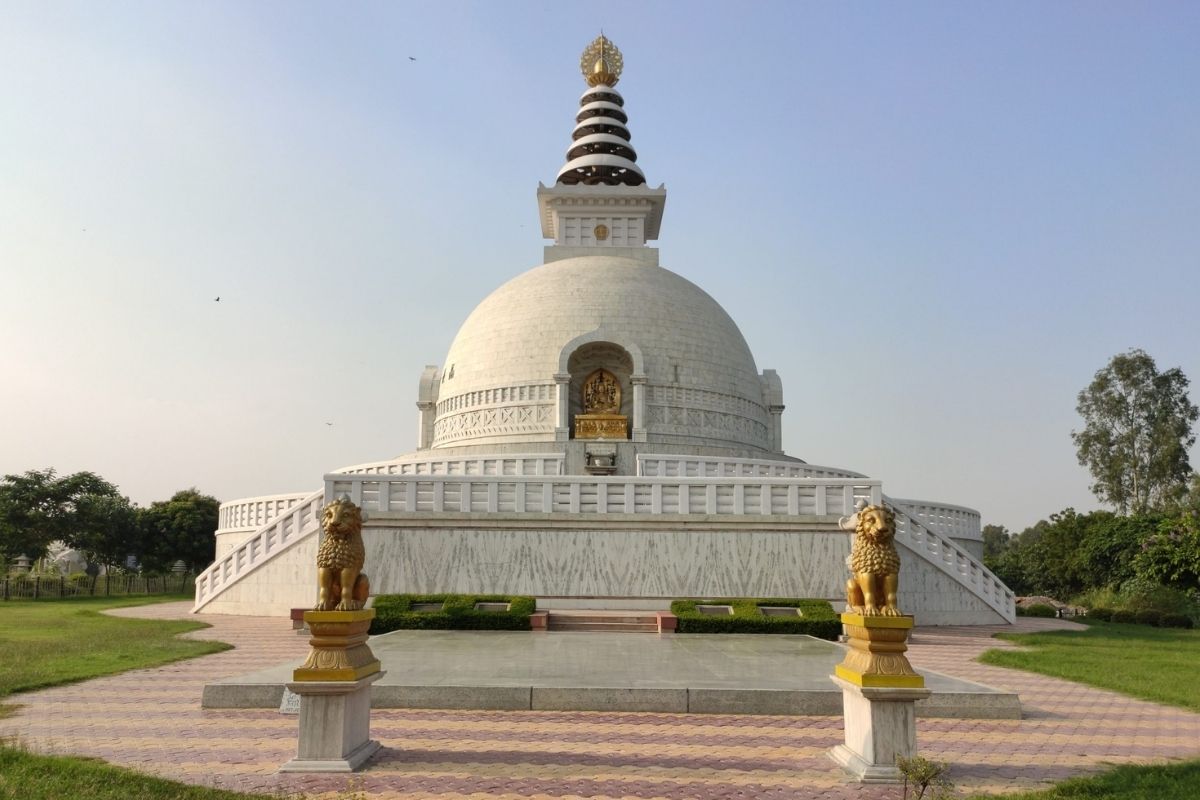
Thiksey Monastery – A Tibetan-style monastery with giant Buddha statues and serene prayer halls.
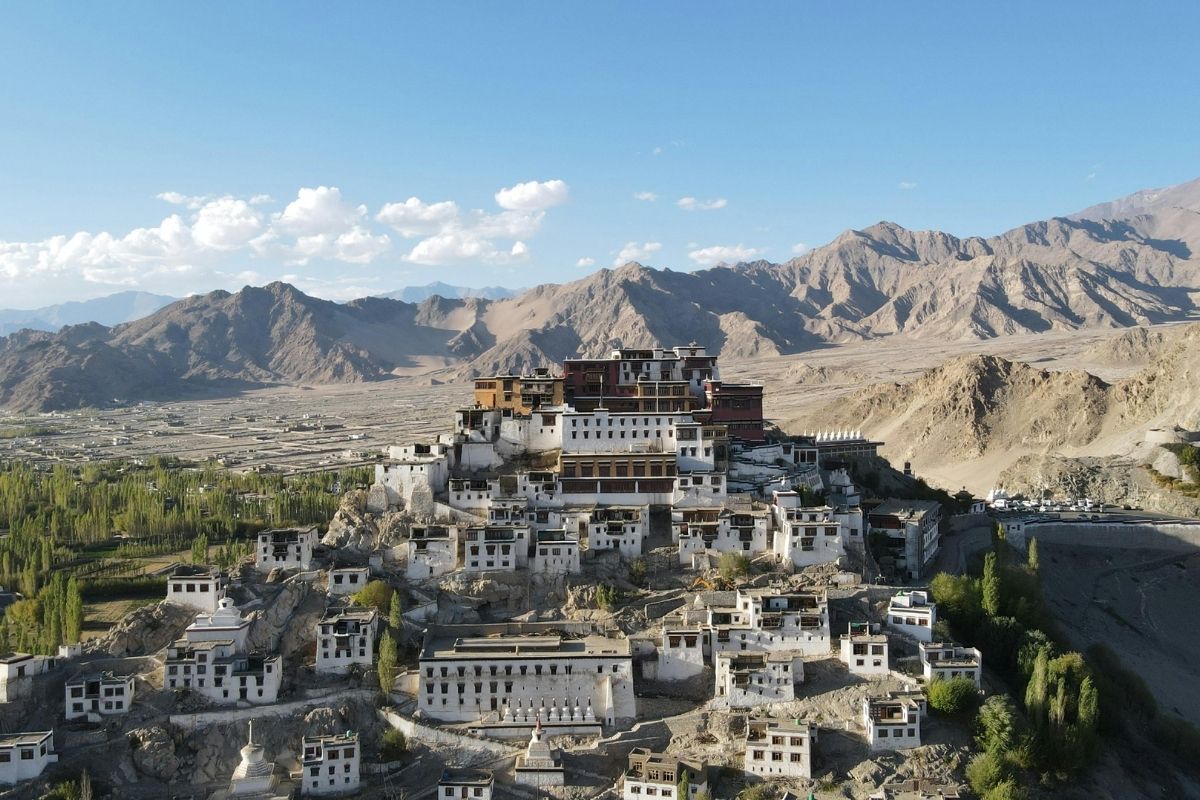
Hemis Monastery – The largest in Ladakh, known for its festivals and peaceful energy.
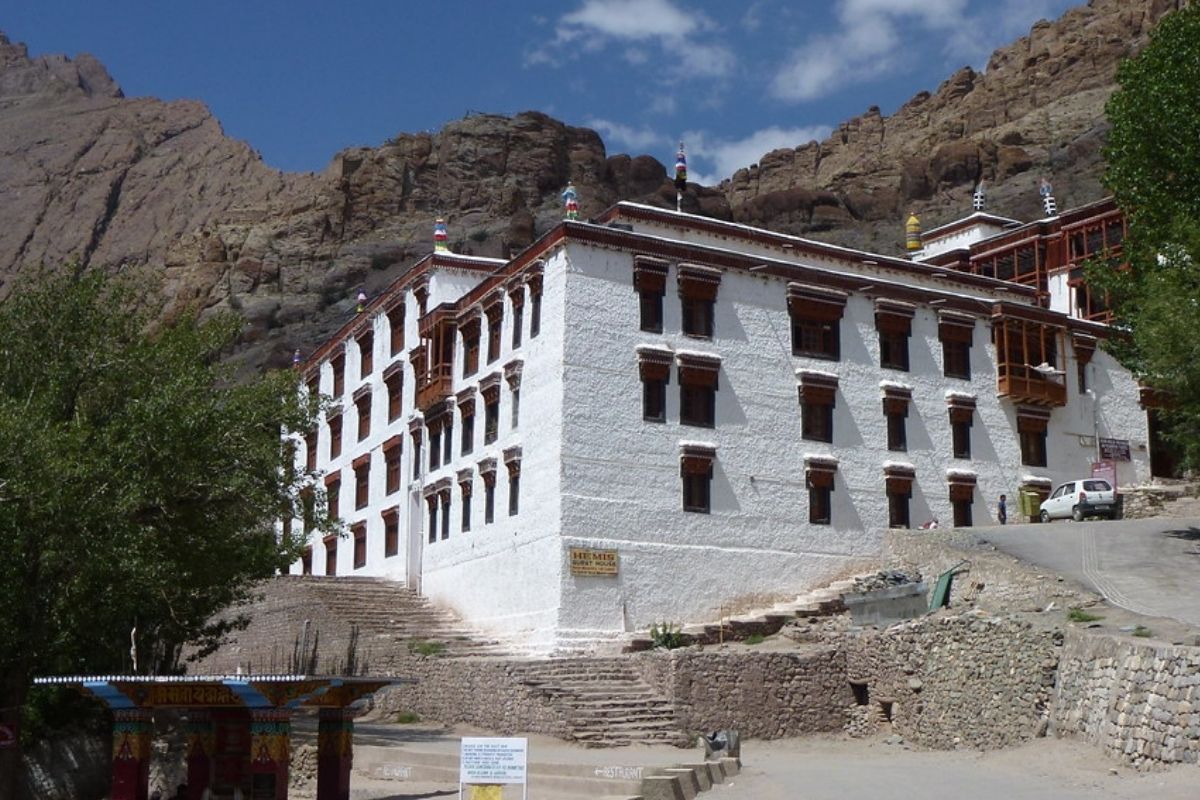
Leh Palace – A 17th-century structure resembling a miniature Potala Palace.
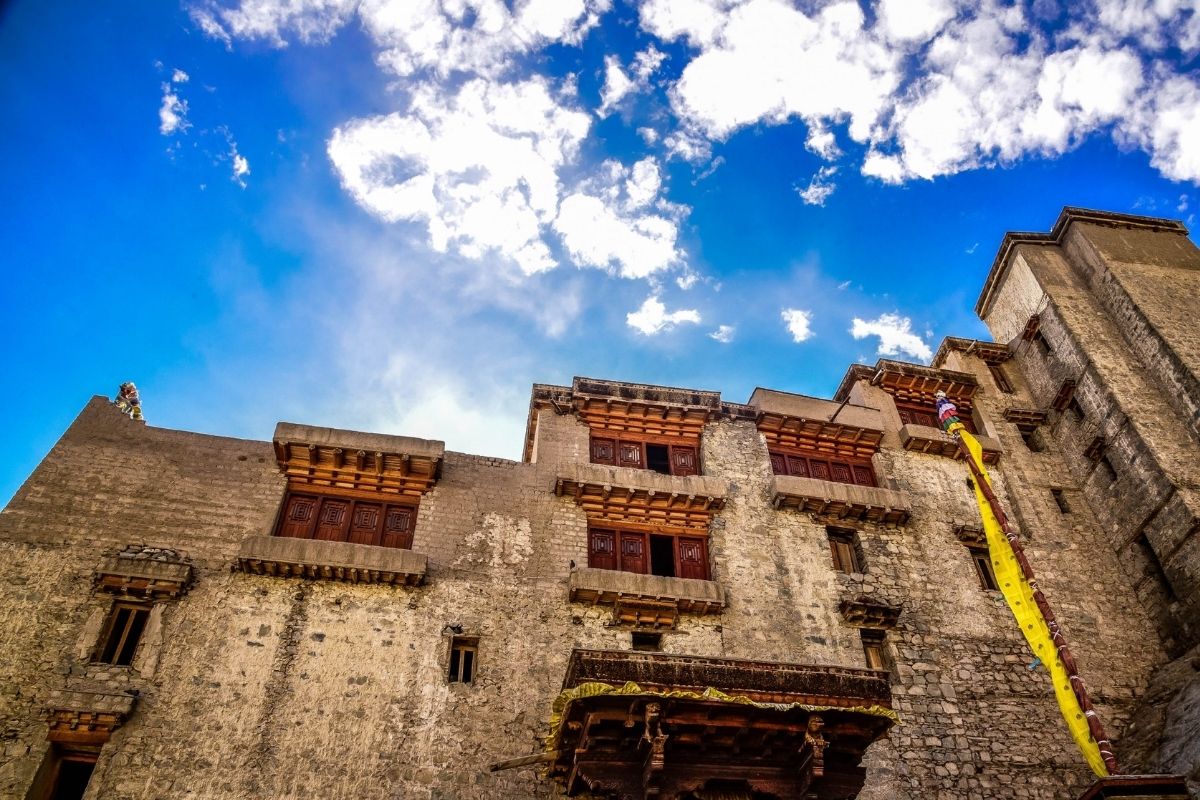
The spiritual energy in Ladakh is unmatched. Whether you’re religious or not, the calmness of the monasteries and the chanting monks stir something deep within.
Nubra Valley and the Magic of Khardung La
Getting to Nubra Valley means crossing Khardung La Pass, once considered the highest motorable road in the world at over 17,500 feet. It’s a hair-raising drive, but once you arrive in Nubra, you’re greeted with sand dunes, double-humped camels, and starry skies.
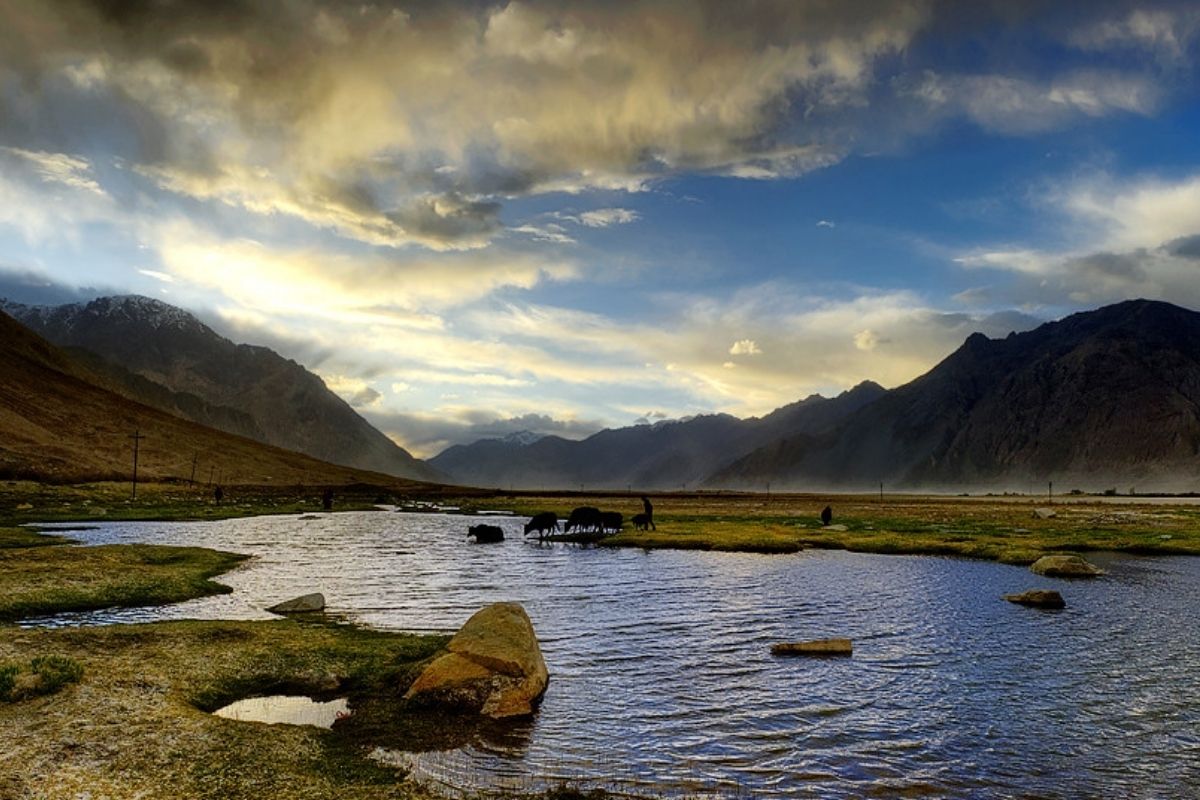
I camped near Hunder, and the quietness was healing. You can also stay in eco-resorts or local homestays if you’re not keen on camping.
Pangong Lake: A Living Painting
No words or photos can do Pangong Lake justice. Its color shifts from blue to green to violet, depending on the time of day. I stayed in a basic camp right near the water. It was cold, raw, and unforgettable.

Pro Tip: Nights are freezing. Carry thermal layers and a quality sleeping bag even in summer.
Camping Essentials and Gadget Checklist
If you’re planning to camp or go off-grid, don’t forget:
- Sleeping bag (for sub-zero temperatures)
- Headlamp (hands-free convenience)
- Portable water purifier (like LifeStraw)
- Power bank/solar charger
- Offline maps (Google Maps won’t always work here)
- Travel adapter (India uses Type C/D plugs with 220V power)
Optional but useful: DSLR camera, drone (with permission), and GoPro for capturing this unreal landscape.
Budget Travel Tips for Americans
Despite how exotic it sounds, Leh-Ladakh can be affordable.
Accommodation
- Budget: Guesthouses ($10–15/night)
- Mid-range: Hotels and boutique stays ($30–60/night)
- Luxury: Camps and resorts near Pangong or Nubra ($100+/night)
Food
Expect to pay $2–5 per meal at local eateries. Must-try dishes include:
- Thukpa (noodle soup)
- Momos (dumplings)
- Butter tea
- Maggi noodles (a favorite in the hills!)
Transport
- Shared taxis: Affordable and great for meeting fellow travelers
- Bike rentals: $15–25/day for a Royal Enfield
- SUV rental with driver: $70–100/day (ideal for comfort and safety)
Money-saving tip: Travel in groups to split fuel and transport costs. Always carry cash—ATMs are few and unreliable.
Hotels in Leh: Where to Stay
Here are a few areas that American travelers may find comfortable:
- Changspa Road: Backpacker-friendly, lots of cafes
- Fort Road: Central and convenient for sightseeing
- Upper Tukcha Road: More peaceful, upscale stays
- Shanti Stupa area: Quiet, with the best mountain views
Self-Drive or Bike? Vehicle Options Explained
Self-Drive SUV:
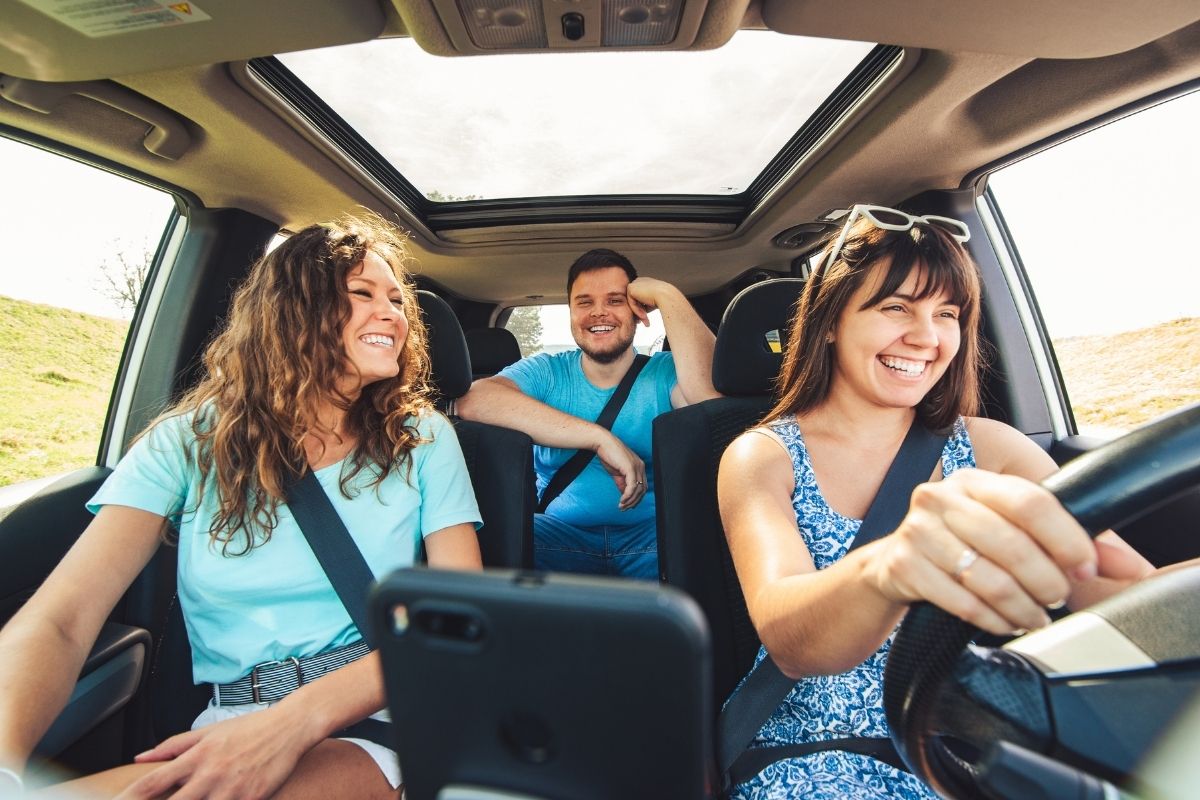
- Best for comfort and safety
- Choose a 4×4 (like Toyota Innova or Mahindra Scorpio)
- Great for groups or families
Motorbike:
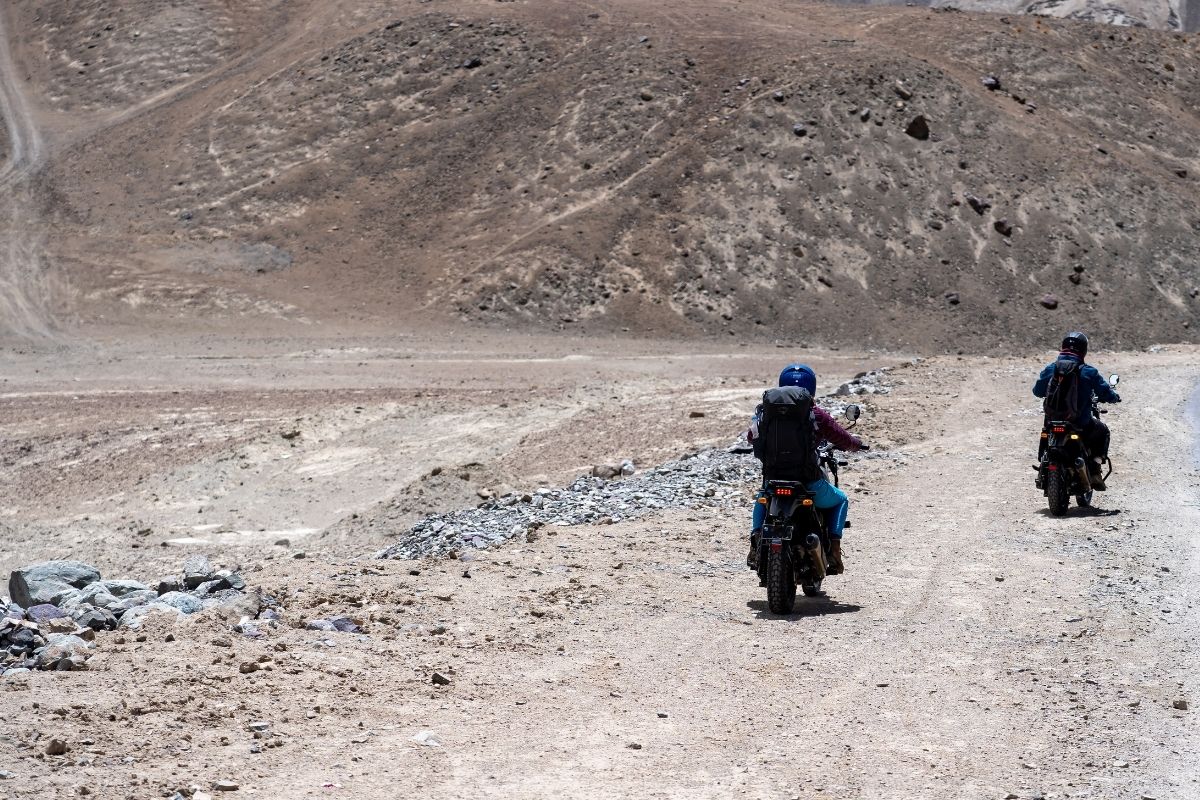
- Best for solo travelers or thrill-seekers
- Royal Enfield is the go-to choice
- Not for beginners—roads are tough, and you must be comfortable fixing your bike if needed
Unexpected Lessons and Challenges
Ladakh teaches you things no travel guide can prepare you for. The oxygen is thin. The air is dry. The infrastructure is basic. But in this simplicity, you find clarity.
You’ll marvel at how the locals live with grace in harsh conditions. You’ll find new friendships around campfires. And you’ll realize how freeing it is to disconnect from the digital world—even if just for a few days.
Final Thoughts: The Journey That Changed Me
From every jagged rock to serene monasteries, each turn deepened my appreciation for life. My trip to Leh-Ladakh was much more than a vacation; it was both a journey and a spill of nature’s grand magnificence.
For any American planning their next vacation, I highly recommend Leh-Ladakh for all the adventure seekers out there. It is something you wish you experienced more than once.
Having said that, get your bags ready, pack some key jackets, book the flight, and off you go! The Himalayas are truly calling.


